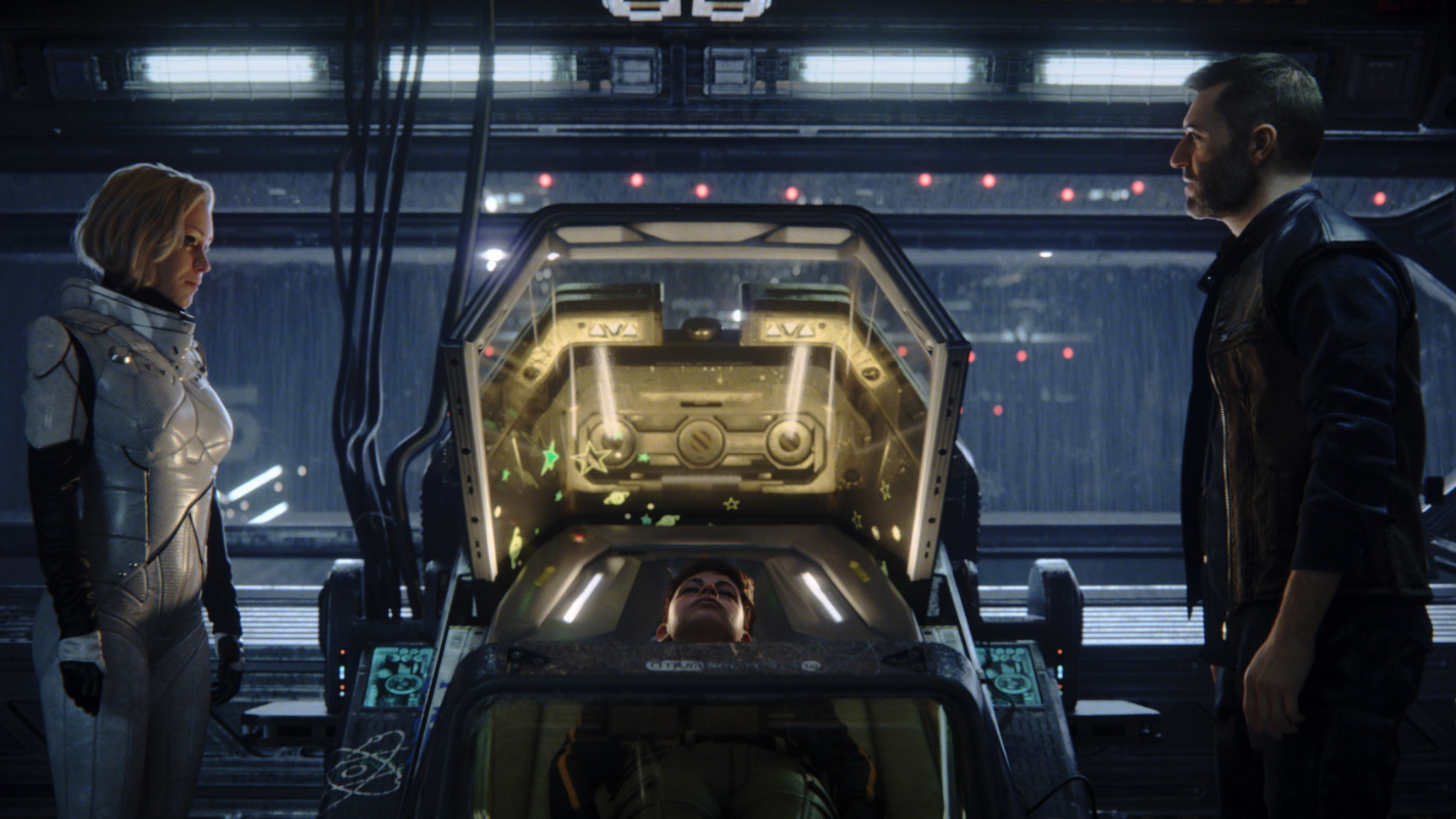Why Love, Death & Robots is the Netflix series you need to binge-watch today
When has Netflix ever disappointed with their anthologies? Following the resounding success of Black Mirror and its four seasons, the media streaming giant is back this month with Love, Death & Robots, a series of animated sci-fi shorts that will make an adult film actor blush.
Created by David Fincher (Fight Club, Gone Girl, and Mindhunter) and Tim Miller (Deadpool), Robots combines brilliant and poetic storytelling – some of the episodes are adaptations of sci-fi short stories – and awe-inducing visual effects. Some of the 18 episodes even have hyper-realistic animations that fooled us until the giant monsters appeared on screen.
You needn’t worry about the episode count though. The 18 stories range anywhere from 6 to 17 minutes, and it can be easily binged in an evening (or two, if breaks are a must).
What makes Robots so different from Black Mirror is Netflix’s bold experimentation with the more NSFW side of the streaming spectrum. In the episode “Alternate Histories”, a young Hitler is surrounded with a gaggle of time-travelling Viennese prostitutes.
Another short, “The Witness”, has a woman, revealed later to be an adult performer at a BDSM club, being chased through the streets of a dystopian Asian metropolis as her kimono flaps in the wind, exposing just about everything.
The mature content doesn’t just remain confined to the soft-core genre, though. Blood and gore are as rampant in the series, with the first episode “Sonnie’s Edge” having an uncensored display of brutality with impaled heads in its cyberpunk frame. “Shape-Shifters” looks like it came straight out of a video game, showing the possibilities of how werewolves can change a battleground with their bloodthirsty rage.
But Robots isn’t just about the savagery of humankind. Some episodes will make you question your place in this broad, expansive universe. “Zima Blue” is undoubtedly one of the best episodes of the entire series. Based off the short of the same name from British author Alastair Reynolds, it tells the haunting tale of Zima, an artist who realised that the only thing that would ever give him satisfaction was a little block of blue. Particularly named Zima Blue.
There are also lighthearted stories that warm your heart instead of filling it with existential dread. “When The Yoghurt Took Over” explores an alternate timeline where an experiment gone wrong gives yoghurt sentience. “Three Robots” similarly introduced an apocalyptic future, this time brought on by the genetic modification of cats. “Ice Age” might have been the only episode to feature live actors, but they were complemented by a quaint story about the evolution of a little civilisation living in a couple’s retro refrigerator.
Robots, at its core, is not a contender for the best series Netflix has ever produced. Especially not when Stranger Things and Mindhunter are still out there. But it shows a lot of promise, filling the gap in an ultra-niche genre that no one else seems to be doing. Fincher and Miller are also giving authors a shot at bringing their literary works to life, adding an extra layer of legitimacy and introducing an audience of casual viewers to books they might not have known prior.
In a time when peak television is happening – Game of Thrones is returning in a month on April 15, FYI – we’re in no shortage of things to watch. But should you find a spare evening or two, you should fire up Netflix and give Robots a go. Who knows, you might just fall in love.
Love, Death & Robots is now available to stream on Netflix at netflix.com/lovedeathrobots




